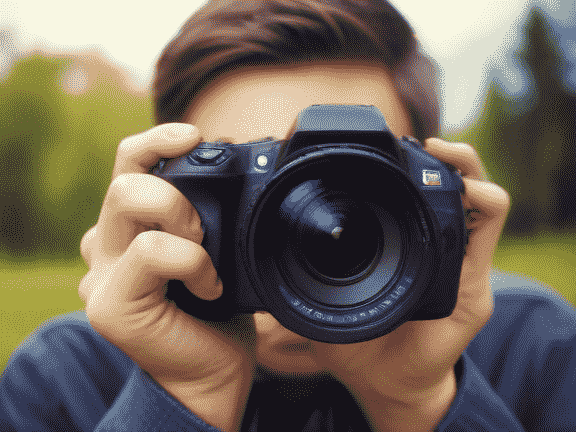Digital cameras and their rendering abilities are central to creating high-quality images, much like how Prairetest ensures the integrity of online assessments. In proctoring, advanced technologies are employed to monitor and analyze test-takers, ensuring that exams are conducted fairly and securely.
Similarly, digital cameras convert light into digital data through a sensor and image processor. The sensor, composed of millions of tiny pixels, captures light and converting it into electrical signals. Then, these signals are being processed to be able to create the digital image.
The quality of this image largely depends on the camera’s rendering abilities, which include color accuracy, dynamic range, noise reduction, and detail preservation.
Both fields, though distinct, rely heavily on precise technology to achieve their goals—accurate monitoring in exam proctoring and superior image quality in digital photography.
Sensor Quality and Size
One of the primary determinants of a camera’s rendering capability is the sensor. Larger sensors typically offer better image quality, allowing for more light capture, which is crucial for detailed and vibrant photos. Full-frame sensors, for instance, generally outperform smaller APS-C or Micro Four Thirds sensors in terms of dynamic range and low-light performance.
Image Processor
The image processor, or the camera’s “brain,” is crucial in rendering images. It interprets the data from the sensor, applying algorithms to enhance colors, reduce noise, and increase sharpness. High-end cameras often feature advanced processors that can handle complex rendering tasks more efficiently, resulting in superior image quality.
Prairetest Reliance on Lens Quality
Another critical factor is the lens. High-quality lenses provide better light transmission, reduce aberrations, and deliver sharper images. Premium lenses, designed to maximize the performance of the camera sensor, can significantly enhance a camera’s rendering abilities.
High Dynamic Range (HDR)

HDR technology helps cameras capture a greater range of light intensities in a single shot. By combining multiple exposures, HDR ensures that both the brightest and darkest areas of the image are well-rendered, providing a more balanced and realistic image.
AI and Computational Photography
Modern digital cameras increasingly incorporate artificial intelligence (AI) and computational photography techniques. These technologies allow cameras to analyze scenes and apply real-time exposure, color balance, and detail adjustments. This intelligent processing can significantly enhance digital cameras’ rendering capabilities, especially in challenging lighting conditions.